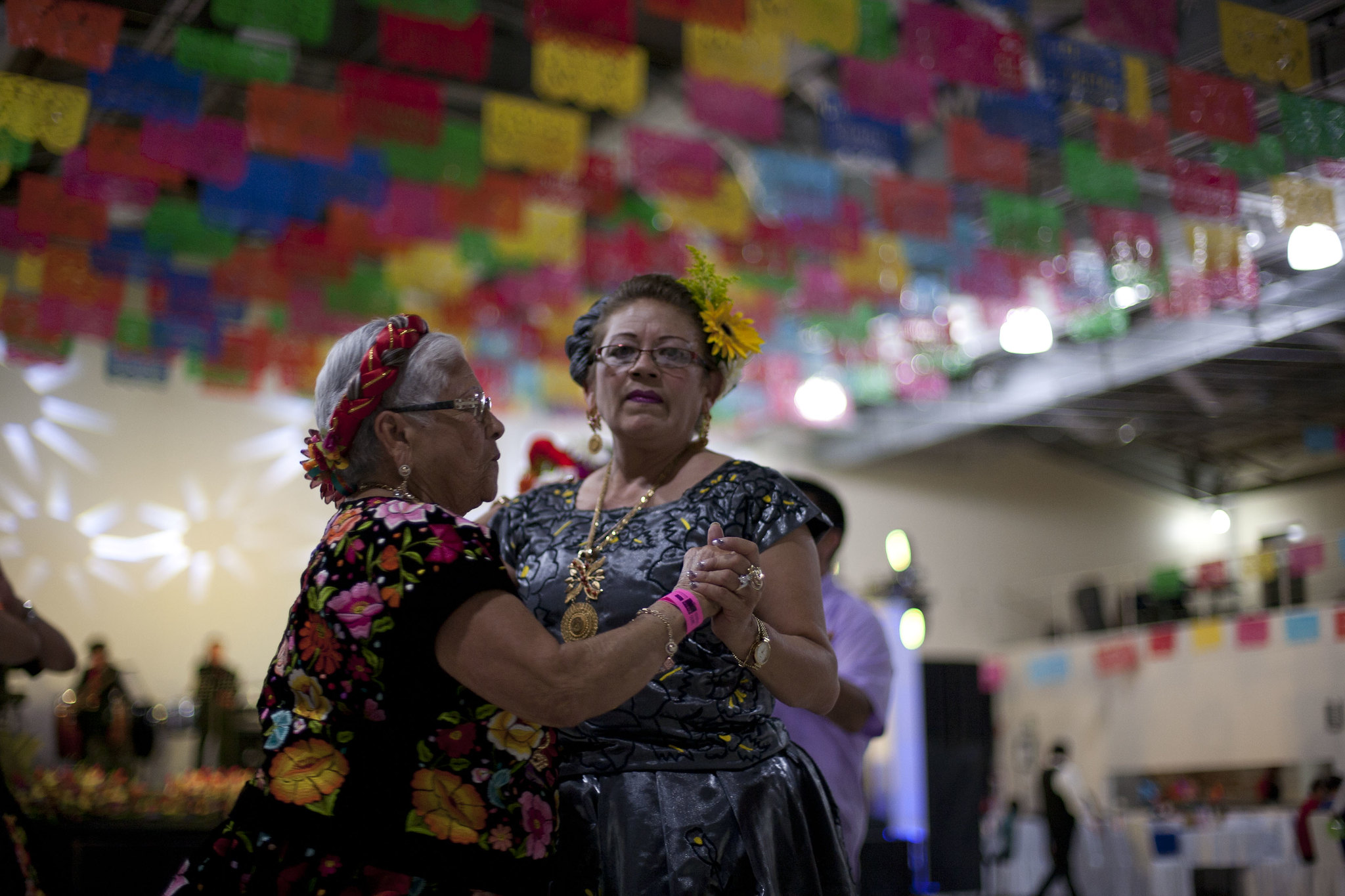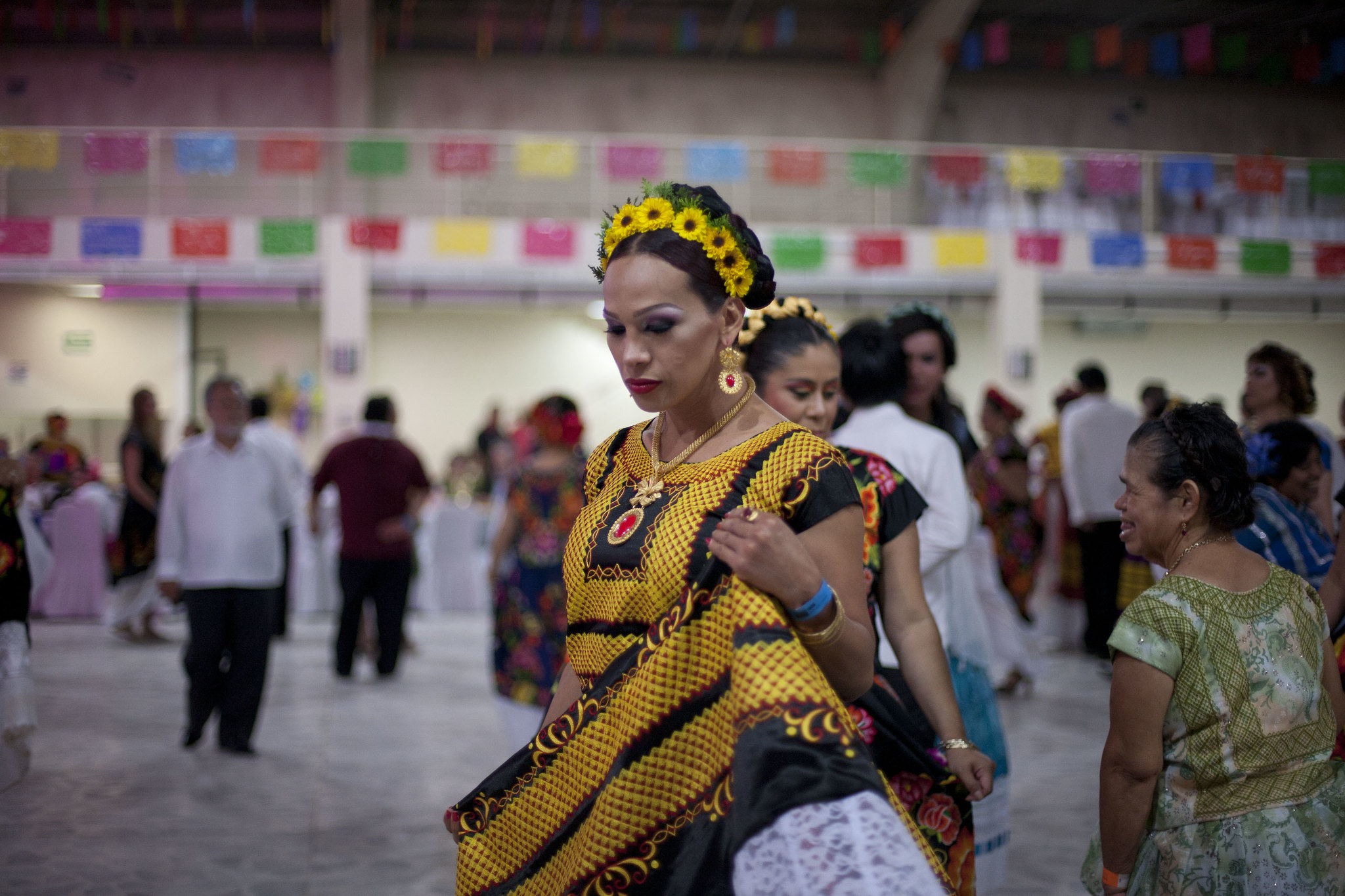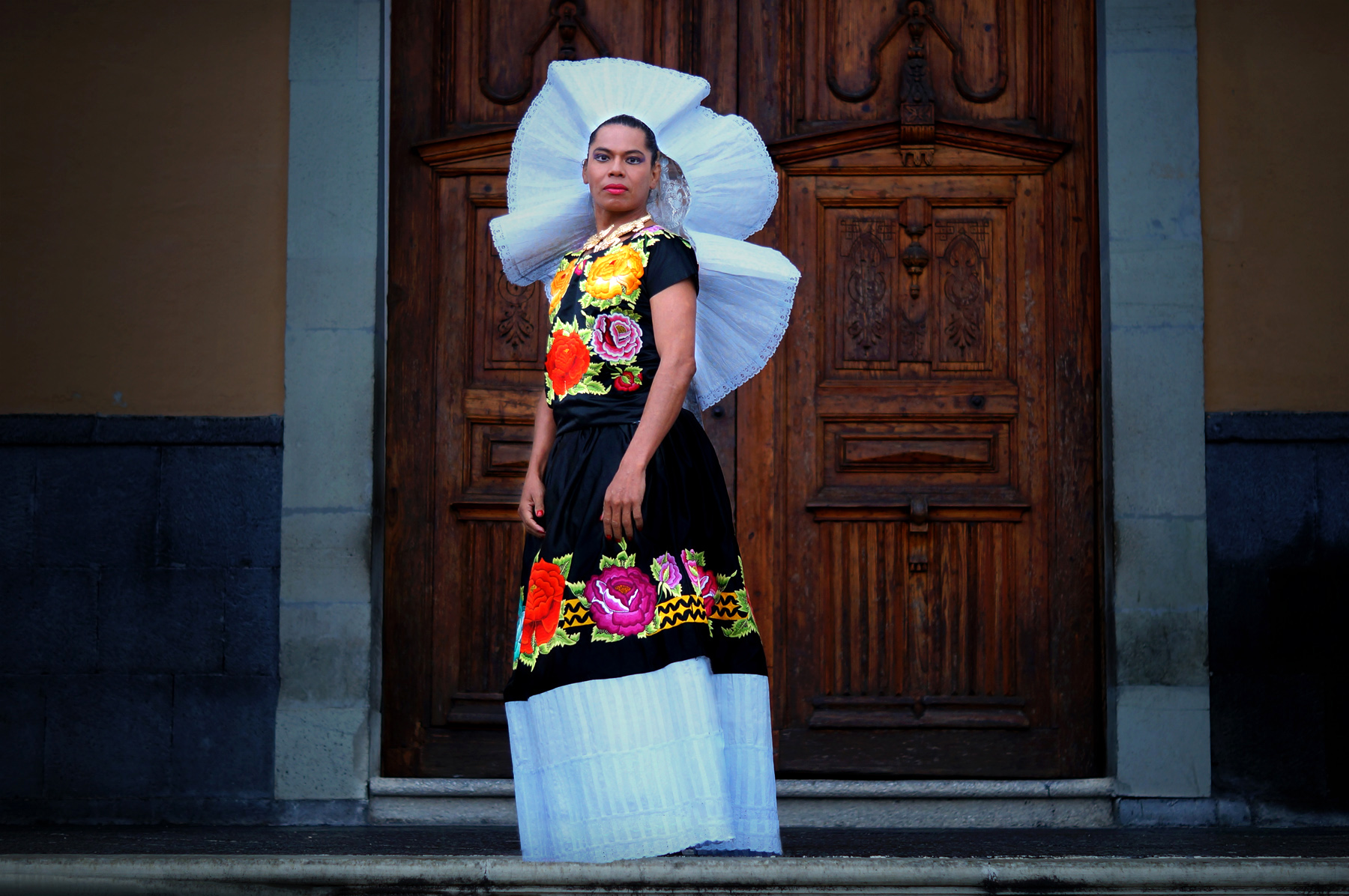Muxes: Caretakers of the Indigenous Istmo Zapotec Culture
“Being a muxe is as natural as being a man or a woman. I don't know, I have always been a muxe… I'm a muxe because I'm neither a woman nor a man.”
A muxe embroiderer, interviewed by Ramirez and Munar in their study on indigenous ways of gender work and activism, discussing what it means for them to be a muxe [1].
Amongst the indigenous Zapotec people of El Istmo de Tehuantepec, Oaxaca México, muxes (pronounced “moo-shey”) are acknowledged as a distinct gender that is neither woman nor man. Instead, muxe is a gender category for individuals (assigned male at birth) who embody both feminine and masculine characteristics [2]. As explained by a muxe participant in Ramirez and Munar’s study on indigenous ways of gender work and activism:
“It is a duality to be a muxe. It is likely that often it describes me as male and other times female” [1].
Within the Istmo Zapotec culture, there are two types of muxes. Muxe gunaa dress and present more femininely, while muxe nguiiu dress and present more masculine. Muxe gunaa tend to take on more typically feminine gender roles and jobs, while muxe nguiiu take on more typically masculine gender roles and jobs [2]. Despite this distinction between gender expressions, both muxe gunaa and muxe nguiiu are still seen as the same gender and as more feminine than men [2,3].

MEX ACA 3RA VELA MUXE (c) Secretaría de Cultura CDMX, CC BY-SA 2.0 DEED
Muxes play an important role in maintaining the Istmo Zapotec culture, especially in the face of European colonialism. They commonly create costumes and decorations for cultural celebrations, like quinceañeras (15th birthday parties), baptisms, festivals, and communions [1-4]. They also tend to do work that creates cultural products, such as food and art. As explained by a muxe dancer and performer, who was interviewed by Ramirez and Munar:
“Since the time of our ancestors, the work we [muxes] undertake has always been [there] because muxes are cooks, embroiderers, weavers, adornment creators, and professional makeup beauty stylists” [1].
Muxes live openly and usually experience acceptance from the Istmo Zapotec community. This is because muxes are seen as important in caring for families and the community. For instance, while daughters and sons marry and move out, muxes will often stay back and care for their elderly parents. As a result, having a muxe child are often seen as a blessing from God [1-3]. In addition, there is a 4-day festival called La Vela de las Auténticas Intrépidas Buscadoras del Peligro (The Festival of the Authentic Intrepid Seekers of Dangers) in Juchitán de Zaragoza that celebrates and honours muxes [3].

MEX ACA 3RA VELA MUXE (c) Secretaría de Cultura CDMX, CC BY-SA 2.0 DEED
Even with public acceptance from the Istmo Zapotec community, muxes still also experience discrimination [1-4]. While some families embrace them, some parents find it difficult to accept muxe children, especially fathers [2,3]. This can be seen when a muxe participant in Ramirez and Munar stated:
“My mother, who is my best friend, recognized since I was a little child that I was different [a muxe]. However, my father never accepted it” [1].
Unacceptance from fathers can result in a tough and traumatic childhood for some muxes [1,2]. Within formal workplaces, traditional gender dress codes are still implemented. As a result, muxe gunaas, who dress more femininely, are restricted to masculine clothing when working in these professional environments. Being unable to freely express their gender, such jobs are unwelcoming to muxe gunaas [1-3]. However, some muxes will follow the masculine dress code to continue working in their professional jobs [1,3]. Despite discrimination, muxes continue to advocate for their rights and acceptance from the wider Mexican society [1,4]. This can be seen in Ramirez and Munar’s study, when the Head of the Sexual Diversity Directorate for the Juchitán municipality states:
“Since I was young, I leaned toward feminine… I was bullied at school and in many conflicts. Now, I work for public institutions and fight for transparency and inclusion” [1].
[1] Ramirez, J., & Munar, A. M. (2022). Hybrid gender colonization: The case of muxes. Gender, Work, and Organization, 29(6), 1868–1889. https://doi.org/10.1111/gwao.12884
[2] Mirandé, A. (2016). Hombres Mujeres: An indigenous third gender. Men and Masculinities, 19(4), 384–409. https://doi.org/10.1177/1097184×15602746
[3] Jiménez, F., & Vasey, P. (2021). Muxes. In The SAGE Encyclopedia of Trans Studies (Vol. 2, pp. 556-558). SAGE Publications, Inc., https://doi.org/10.4135/9781544393858
[4] Diehl, A., Vieira, D. L., Zaneti, M. M., Fanganiello, A., Sharan, P., Robles, R., & de Jesus Mari, J. (2017). Social stigma, legal and public health barriers faced by the third gender phenomena in Brazil, India and Mexico: Travestis, hijras and muxes. International Journal of Social Psychiatry, 63(5), 389–399. https://doi.org/10.1177/0020764017706989
Third Gender: An Entrancing Look at Mexico’s Muxes | Short Film Showcase by National Geographic
Mexico’s Third Gender by Great Big Story
This community in southern Mexico has defied the gender binary for generations by Harmeet Kaur (2023), published on CNN
Beyond Gender: Indigenous Perspectives, Muxe by National History Museum of Los Angeles County
Muxes – Mexico’s third gender by The Guardian
Watch the video below to learn more!
In conversation with Dr. Francisco Gómez Jiménez, a Lecturer at Brunel University London, learn more about his biological, evolutionary, and psychological research with the muxes, the kin selection hypothesis, and the importance of such work.

